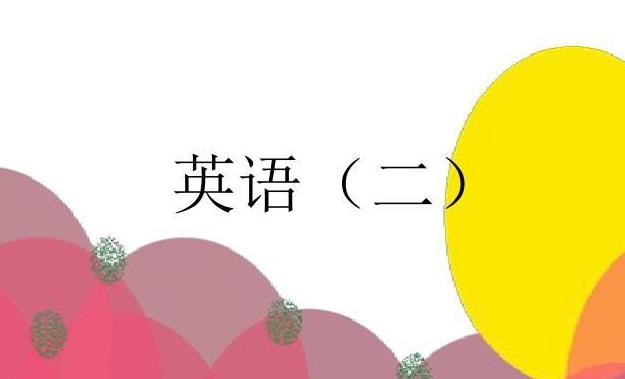介词是一种虚词, 不能独立使用。介词一般用于名词或者代词前面,表示该词与句中其他成分的关系。介词后面的名词或代词称为介词宾语。介词和介词宾语合在一起构成介词短语。
介词分类
根据功能不同,介词分为:
地点介词 (above在…前 after在…后 between在…之间)
方向介词 (towards朝着… along沿着… off脱离/远离…)
时间介词 (at在… 时刻 since自从… until直到…时)
方式介词 (as作为/当作… with用…,凭借 without没有…)
涉及介词 (about关于… except除了… for对于/就…而言)
介词短语的句法作用
介词短语相当于一个形容词或副词,可用作状语(方式、行为),定语(对名词或代词起修饰限定作用),表语(主系表结构)
例如:
1. The princess came down the stairs(从楼梯下来). (作状语)
2. The woman with a flower on her head is from New York. (作定语)
3. The teacher is now with the students. (作表语)
常见介词的用法辨析
1. 表示在某时间.常用介词 at,on,in等:
用 at 来表示在某一具体时刻:
at midnight 在午夜
at 4:30 在4点30分
at sixteen/at the age of sixteen 在16岁的时候
Jim is awarded first-class scholarship(一等奖学金) at the age of 20.
I arrived home at 11:30pm and my mother was worried about me.
用 on 来表示在星期几/某日
on Monday 在星期一
on January fifth 在1月5日
on Christmas Day 在圣诞节
Usually there is a board meeting(董事会) on Mondays.
(注:on Mondays 表示每周一,如果某件事是固定频率发生的,就用复数表示)
Friends exchange(交换) greetings(祝福) and gifts on Christmas Day.

用in来表示一天中的早中晚,月份,季节或年份
in the morning/afternoon/evening 在早晨,下午,晚上
in January/February 在一月,二月
In spring 在春天
in 2014 在2014年
All miracles(奇迹) happen in spring.
In 2020, my brother and I are going to college.
2. in和after都表示“在…之后”,区别在于:
after+具体时刻/从句, 表示“在…时刻之后”, 常用于一般时态
in+一段时间, 表示“在(多久)之后”, 常用于将来时态
He tells that he will be here after 10am.
My best friend is coming back from England in a month.
3. by、in、with都可以表示凭借某种“工具、手段、途径”,区别在于:
by 表示乘坐某个交通工具或“以……方式”, 也可以和反身代词连用
in 表示使用某种语言/文字,
with 表示使用某个具体的工具、手段
Nowadays(如今) young people prefer to travel by plane.
Unless(除非) you fix problems by yourself, you will never truly grow up(成长).
The novel(小说) is written in English.
With the help of hi-tech(高科技), subways(地铁) run faster than before.
4. of、from都是表示”由…某种材料“制成, 区别在于:
of 用于成品仍看的出原材料
from 用于成品看不出原材料
The box is made of paper. (看的出)
The paper is made from wood. (看不出)
The wine is made from grapes. (看不出)
 自考英语二课程
自考英语二课程

